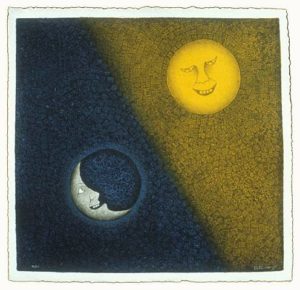
1899 - 1991
Rufino Tamayo
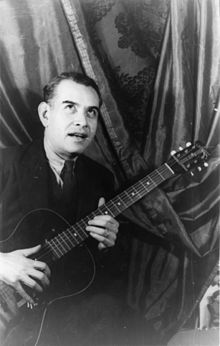
description
A Mexican artist and monumentalist, graphic artist and sculptor, a vivid representative of the avant-garde, who worked in several new styles and promoted national traditions and culture by his work.
Rufino was a Zapotec Indian by blood, although he did not look like a purebred Indian. After the death of his mother, the boy was brought up by his aunt, in whose shop in Mexico City he helped to trade. In the future, the young artist had a predilection for “fruit” still lifes.
The master received many prestigious awards, his personal vernissages were held, except for Mexico, in the US and Europe. The museum of Rufino Tamayo was opened in the artist’s native city Oaxaca in the south of Mexico. In the capital of Mexico, there is the Museum-Gallery of R. Tamayo, to which the artist donated a large and very valuable collection of paintings by contemporary artists (Picasso, Braque, Leger, Bacon, etc.).
Key ideas:
– In the West, many art historians believe it was R. Tamayo, and not his contemporaries Rivera or Siqueiros, who was the most prominent Mexican artist. Only he was the ablest to “wash” the painting from the taints of different movements of fine art, excessive philosophizing – from all that is not painting itself. There was a miracle of a real talent: through mysterious and semi-abstract figures, through the unusual color gamut the reality came – a little strange, but extremely attractive emotionally.
– Due to his great originality, unique beauty based on the use of authentic national values, re-newed in a dialogue with the elements of the painting of avant-garde artists, the master achieved recognition of his style. R. Tamayo had the courage to declare the presence of a bright, accentuated national cultural heritage in paintings created both in the American and Parisian periods of work. And he was recognized and encouraged at first in foreign countries, and only then at home.
– Tamayo concretized his vision of the ethnos, introducing historical moments, folklore motifs into thematic canvases and fresco painting. While his contemporaries like Rivera, Siqueiros and Orozco were in favor of art, coupled with political events and ideology, Tamayo focused on plastic forms, masterful use of colors and various textures.
– He emphasized the dualism inherent in the ancient Mexican worldview; Rufino Tamayo said about his method of using a limited number of colors, «As the number of colors that are used decreases, the number of opportunities for their compatibility increase”.
– He claimed that a smaller spread of the pallette gives the art of painting more power and actually increases the possibilities of the composition. Such unique color solutions are evident in the painting “Three Singers” (1981). In it, Tamayo uses pure red and purple colors – they reflect both emotion, content and national color. Rufino is often called the “artist of the Sun” – it is symbolical that Tamayo’s sculpture “In Honor of the Sun”, made by the master in 1980, became a business card of the city of Monterrey (the capital of the eastern state of Nuevo Leon in Mexico).
1899
1917 - 1921
1921 - 1929
1930
1940
1950
1956 - 1960
1970
1980
1991
1991
The birth
Entered the National School of Fine Arts
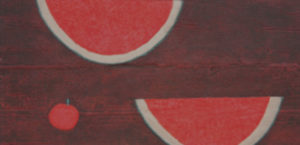
Headed the department of ethnographic drawing at the National Archaeological Museum of Mexico
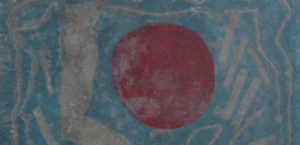
Received a number of orders for the creation of works of monumental wall painting
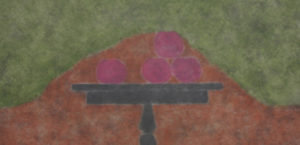
«Beasts»
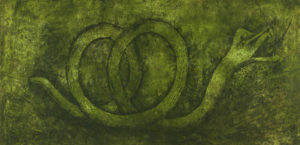
Tamayo and Olga moved to Paris
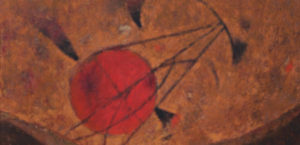
The family returned to Mexico
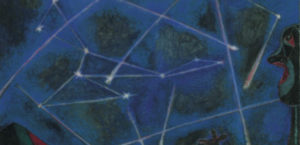
"Rufino Tamayo: the sources of his art"
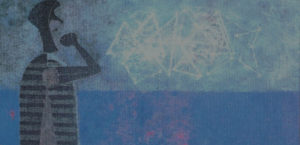
Tamayo Gallery was opened
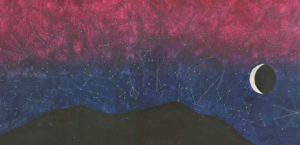
He continued to create works of art for the rest of his life
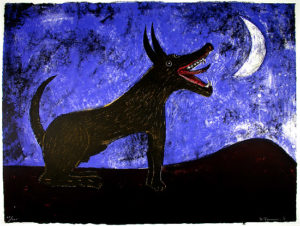
The death

